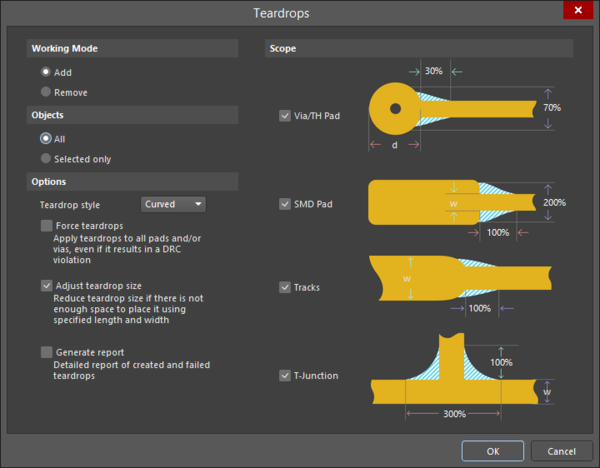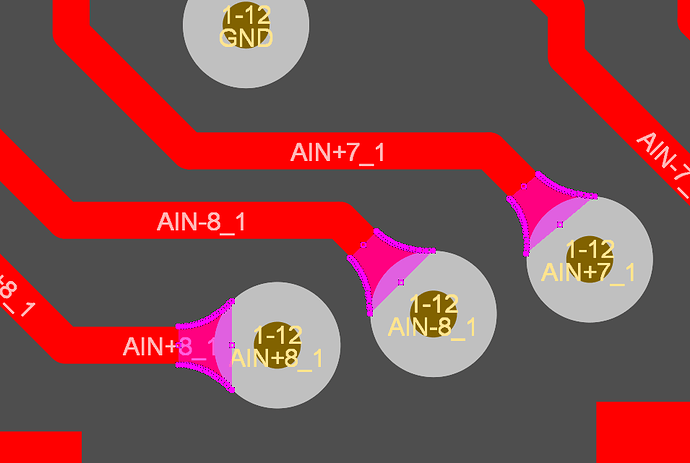Hello, im kinda new in Fritzing and i would like to know if Fritzing have a simulation option, and if not, if you guys can do it the function of simulation cuz will be too much helpfull, cuz for simulation im using Tinkercad, but i prefer have all my stuff in one software  please
please 
Hello!
Maybe there will a simulator soon. I made a super basic one which has been merged in the Fritzing repository (in its own branch), but it has not been merged in the development branch. If you are able to compile it from source, you can try out. If not, you will have to wait until is released (hopefully in 0.9.9, but I cannot guarantee that). It still needs some work and it is an experimental (beta) feature, but it is functional.
HOWEVER, the simulator is really limited and it will not be able to simulate Arduino and its code. So, it will not be what you need. I have some ideas for being able to simulate Arduino code in the future, but it will probably take years and it is not guaranteed.
If you want to learn more about the features of the current simulator, the documentation is here:
My problem is the same
I just loose 2 hours to try to run my basic circuit. I would love as beginner to test everything offline.
Good morning, I take the opportunity to ask if fritzing allows to apply the teardrops technique (tears) to the tracks of the printed circuit?
Not as far as I know. The trace runs straight in towards the center of the pad, I don’t know of an option to teardrop the edges.
Peter
It seems to be quite useful, and I just created an issue to keep track of it.
The image already allows to guess what is required. But it can’t hurt to describe the feature more, in a few sentences before anyone puts in the hours (possibly days) it need to code, integrate, document… it . Could you maybe add more information?
Is this intended for better CNC? More robust connectors in general?
Hello Mr. KjellM, thanks for your attention, we use the teardrops technique to better connect tracks to vias and teardrop pads, instead of using direct trace runs straight in towards the center of the pad. This type of connection is available in current versions of programs such as Altium, Orcad, Proteus, etc. Its main purpose is to strengthen the integrity of the connection in situations of mechanical or thermal stress.
An additional advantage is to increase the tolerances in the event of inaccuracies in the drilling process due to misalignment. Its use also becomes important in the design of a PCB with very thin lines, since it increases the strength of the connection of the tracks to conventional tracks and pads, reducing the risk of fractures at their junction point.
It would be very good if fritzing allowed to apply these tears automatically to all the tracks, or by manually selecting the tracks to which you want to apply this technique. This takes great importance in the design of flexible printed circuits.

It would also be good to include panelization in fritzing.
Already present at least in some form:
Peter

